Need help troubleshooting leaf problem with potted miniature rose
Elaine_Simon
12 years ago
Related Stories

SPRING GARDENINGHow to Grow a Rose Garden in Pots
Everything can come up roses, even without a plot of soil in sight. This step-by-step guide to growing roses in containers shows you how
Full Story
WINTER GARDENINGPruning Secrets for Exquisite Roses
Encourage gorgeous blooms year after year with this time-tested advice on how to prune your rosebush in winter for health and shape
Full Story
GARDENING GUIDESLearn the Secret to Bigger and Better Roses
Grow beautiful roses using both ordinary and unusual soil amendments
Full Story
GARDENING GUIDESWhat Kind of Roses Should You Grow?
Want to add the beauty of roses to your garden? Find out which ones, from old-fashioned to modern, are right for you
Full Story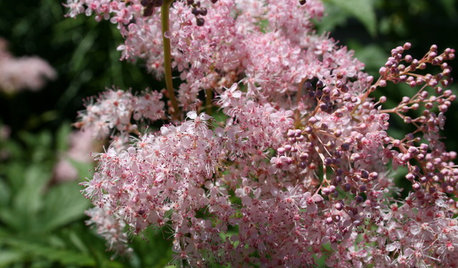
GARDENING GUIDESGreat Design Plant: Discover Queen of the Prairie's Sweet Aroma
If you like the look of cotton candy and the smell of roses and want an easy perennial, you're in luck with this plant
Full Story
GARDENING GUIDESGreat Garden Combo: 3 Wonderful Plants for a Deer-Resistant Screen
Protect your privacy and keep deer at bay with a planting trio that turns a problem garden area into a highlight
Full Story
DECORATING GUIDESFrom Queasy Colors to Killer Tables: Your Worst Decorating Mistakes
Houzzers spill the beans about buying blunders, painting problems and DIY disasters
Full Story
CONTAINER GARDENSHappy Houseplants, Happy People
Potted plants add life and beauty to a room. Learn easy ways to keep them healthy
Full Story
GARDENING AND LANDSCAPINGBid Bad Garden Bugs Goodbye and Usher In the Good
Give ants their marching orders and send mosquitoes moseying, while creating a garden that draws pollinators and helpful eaters
Full Story
GARDENING GUIDESMake Sure You Read This Before Buying New Plants
Follow these 10 plant-selection tips to avoid buyer’s remorse
Full Story





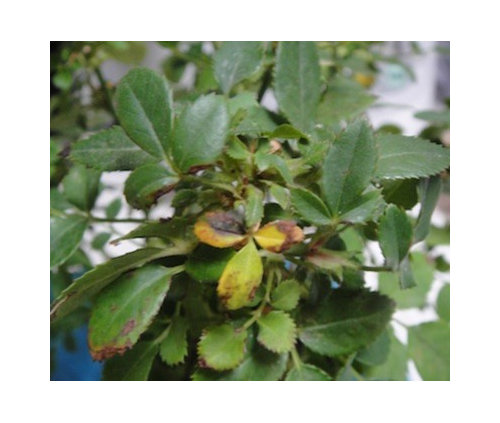
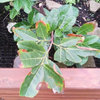

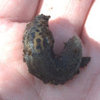
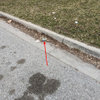
Elaine_SimonOriginal Author
ronalawn82
Related Professionals
Parole Landscape Architects & Landscape Designers · Simi Valley Landscape Architects & Landscape Designers · Mount Wilson Landscape Architects & Landscape Designers · Salem Landscape Contractors · Alamo Landscape Contractors · Bedford Heights Landscape Contractors · Chesapeake Ranch Estates Landscape Contractors · Farmington Landscape Contractors · Framingham Landscape Contractors · Goodlettsville Landscape Contractors · North Richland Hills Landscape Contractors · Palos Verdes Estates Landscape Contractors · Setauket-East Setauket Landscape Contractors · Stony Brook Landscape Contractors · Suitland Landscape ContractorsElaine_SimonOriginal Author
ronalawn82
Elaine_SimonOriginal Author
ronalawn82
jean001a
Elaine_SimonOriginal Author
Elaine_SimonOriginal Author
rhizo_1 (North AL) zone 7
Elaine_SimonOriginal Author